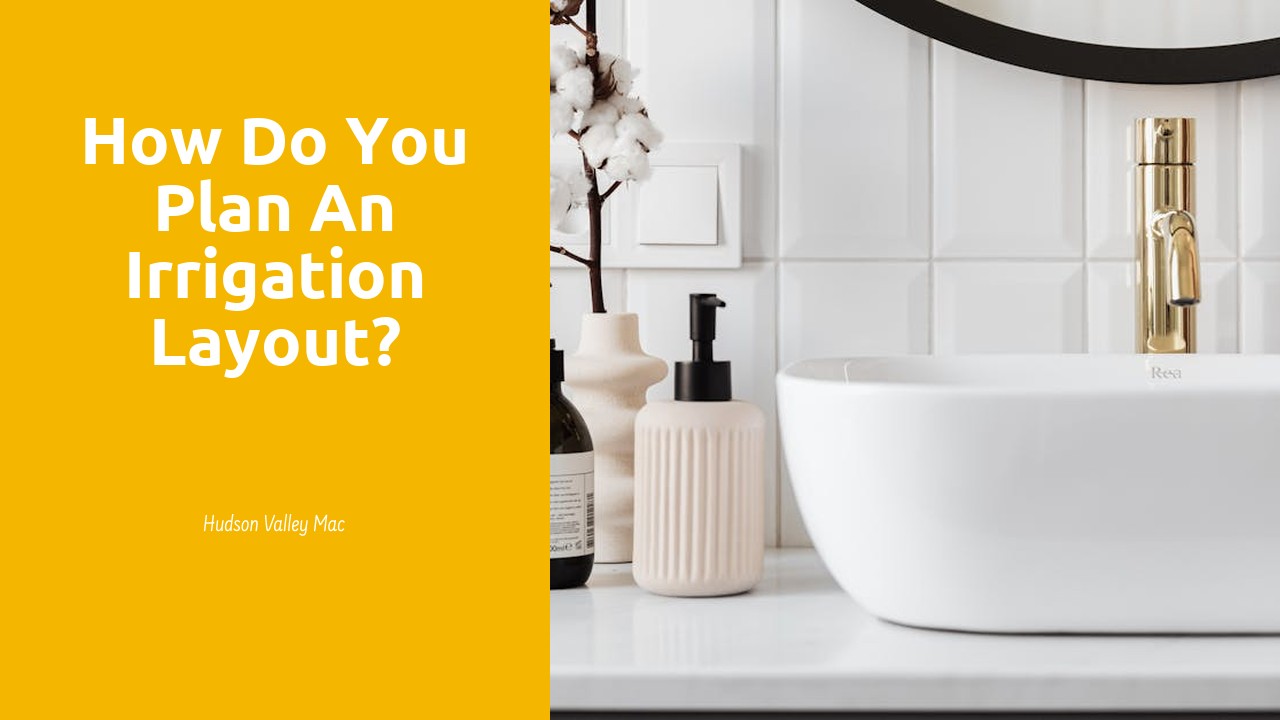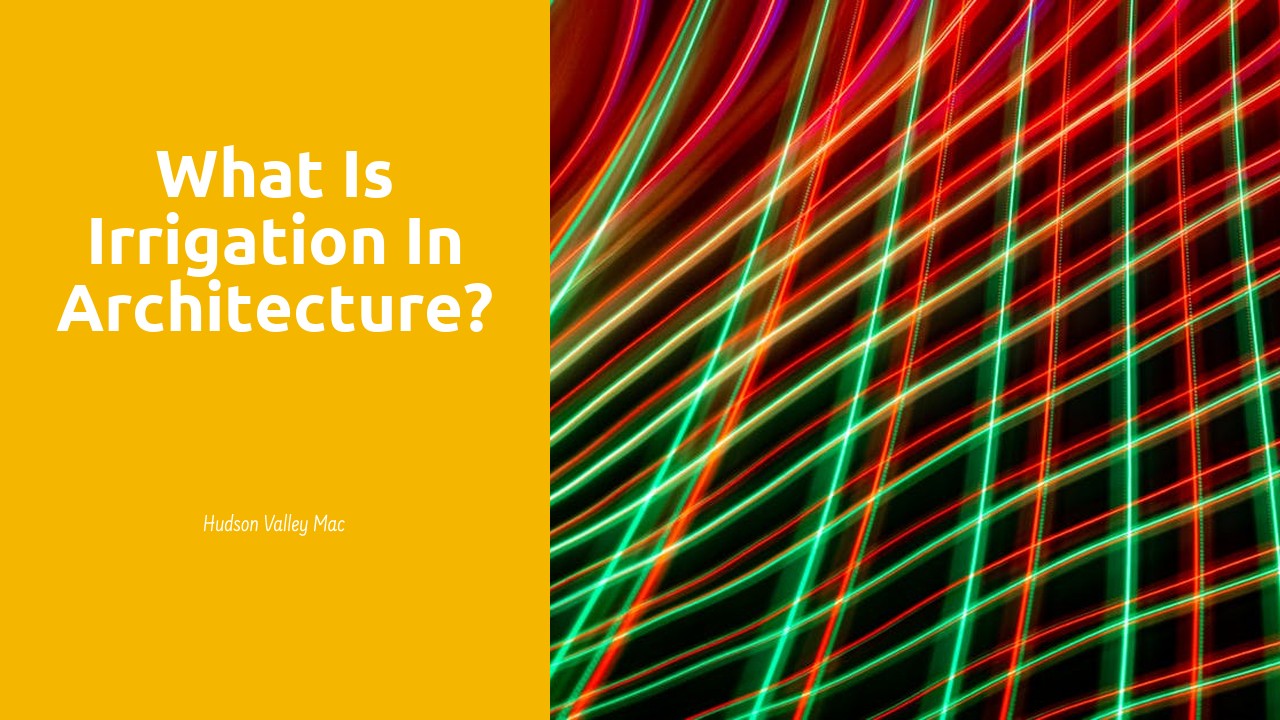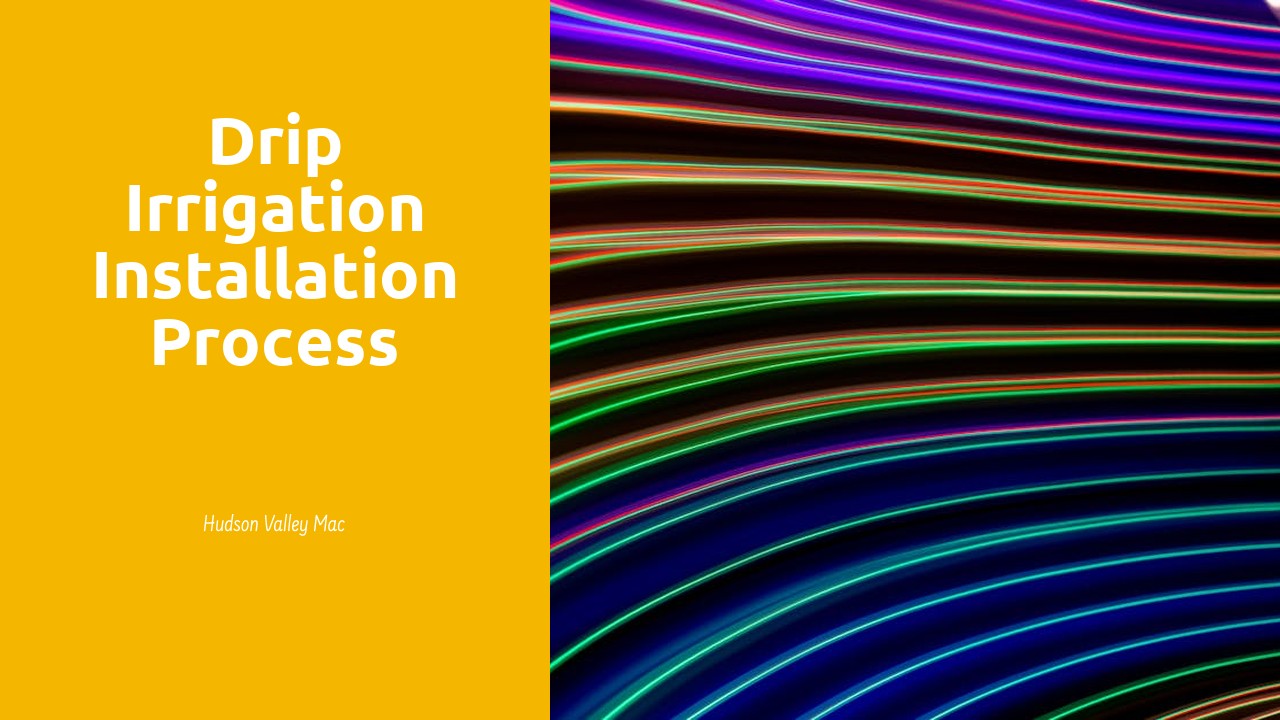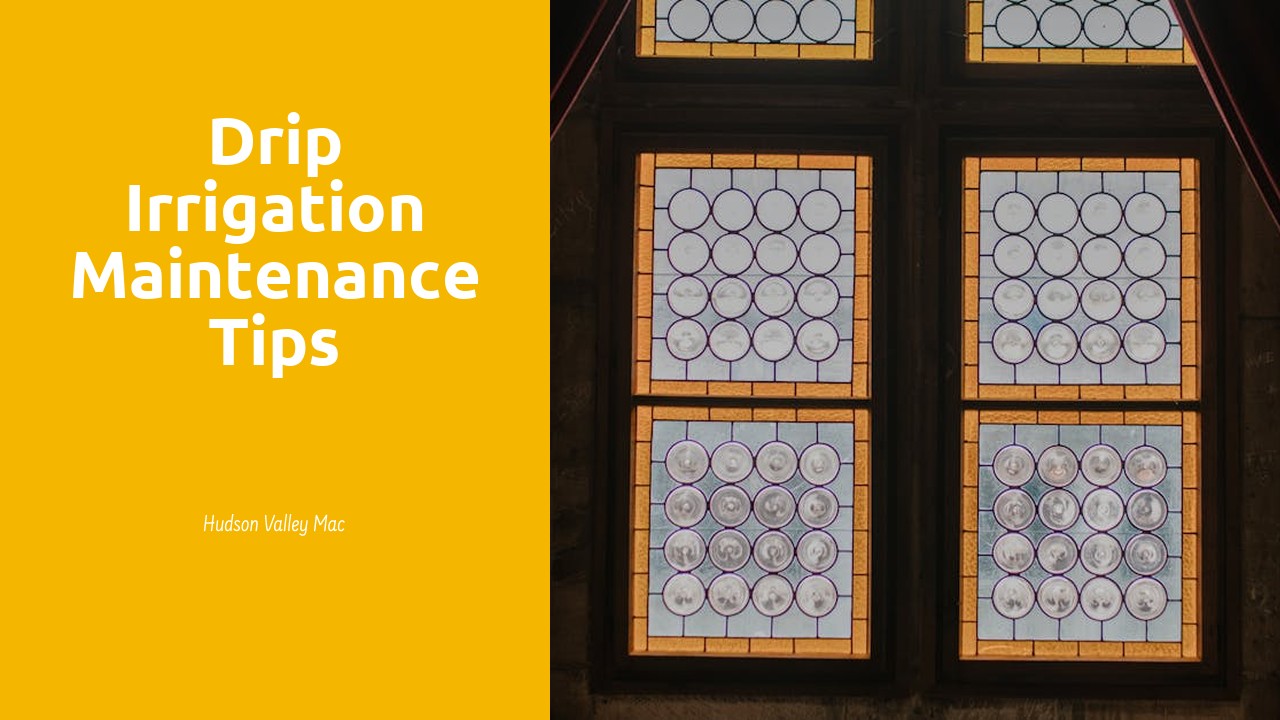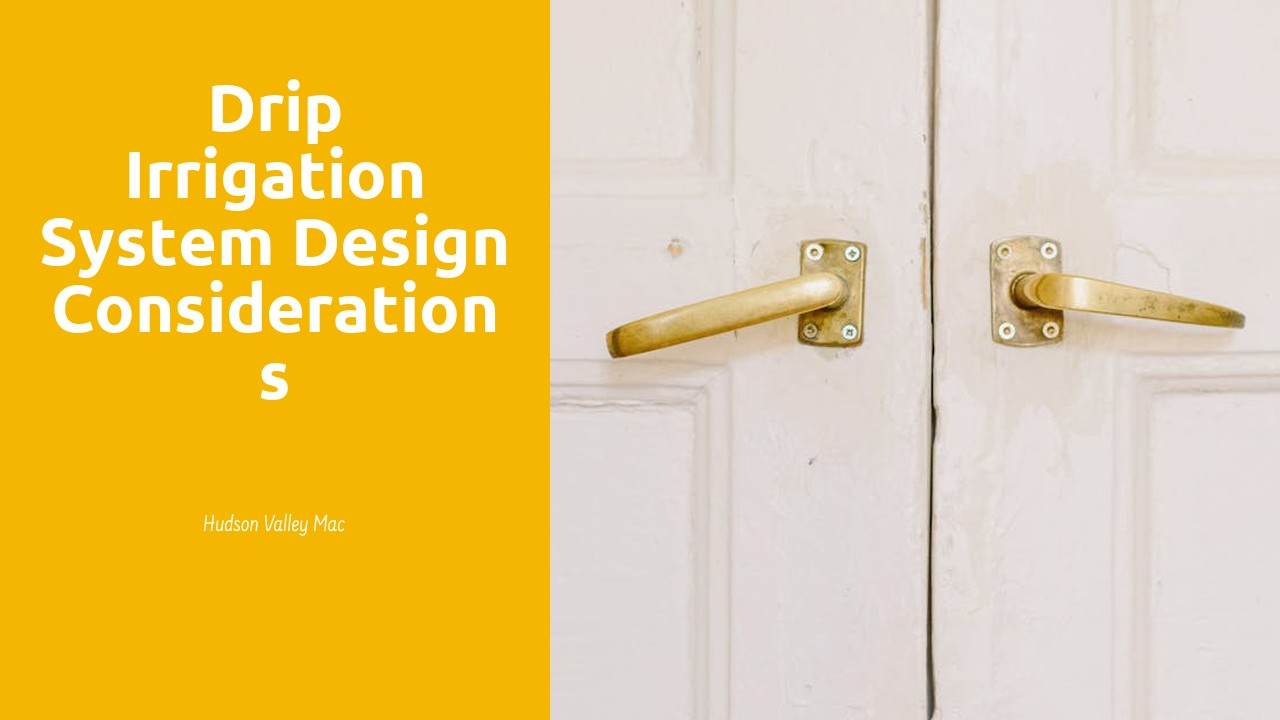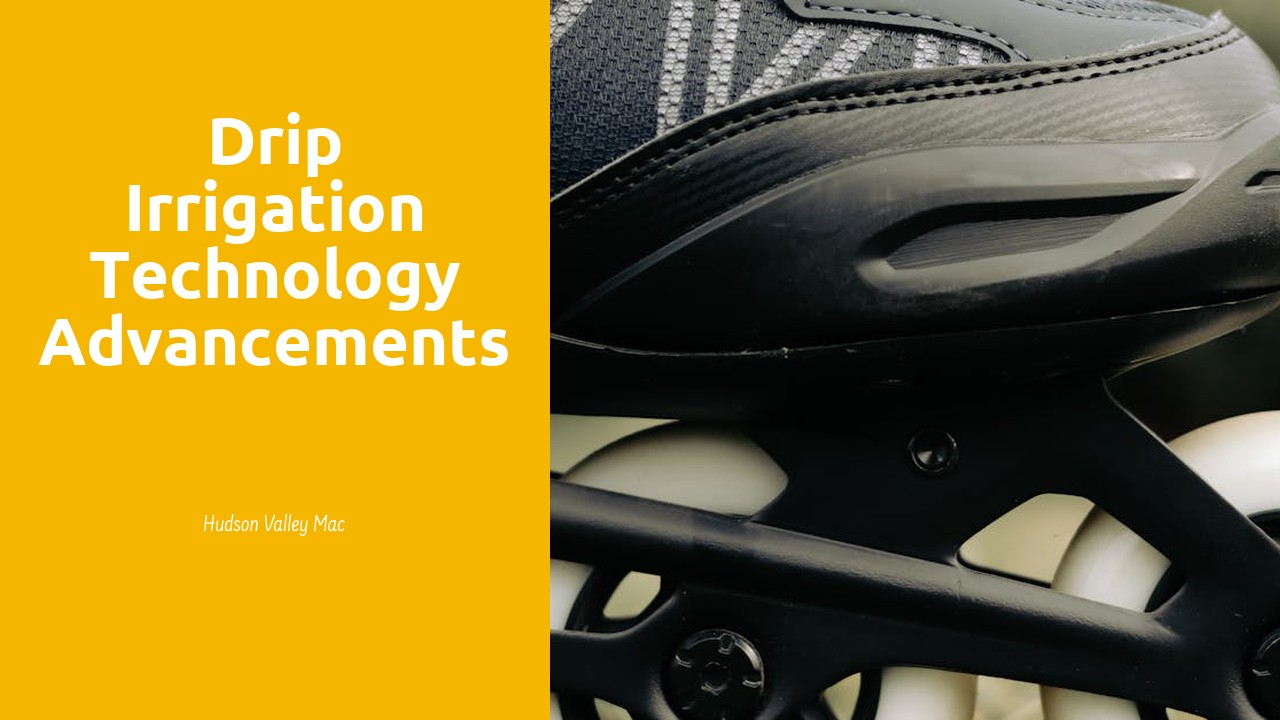
Table Of Contents
Solving Leakages in Drip Irrigation System
Solving leakages in a drip irrigation system is crucial to ensure its effectiveness in delivering water to plants. One common reason for leaks is damaged or improperly connected tubing. Regularly inspecting the system for any signs of wear and tear, such as cracks or holes, can help identify and fix leaks promptly. Additionally, ensuring proper connection of tubing to connectors and emitters can prevent leaks from occurring. Irrigation Design Georgina recommends using waterproof tape to temporarily fix small leaks until permanent solutions can be implemented.
Another possible cause of leaks in a drip irrigation system is high water pressure. Excessive pressure can lead to burst tubing or connectors, resulting in leaks. To address this issue, consider installing a pressure regulator in the system to maintain optimal water pressure levels. Properly adjusting the regulator can help prevent leaks and prolong the life of the irrigation system. Regularly monitoring and maintaining the pressure regulator is essential to ensure the efficient operation of the drip irrigation system.
Using Waterproof Tape for Temporary Fixes
When faced with leakages in your drip irrigation system, quick action is essential to prevent water wastage and potential damage. One simple solution is to use waterproof tape as a temporary fix until a more permanent repair can be made. The tape can provide a temporary seal on leaking joints or holes in the tubing, allowing you to continue watering your plants while you address the root cause of the issue. For residents in Georgina, a town surrounded by lush vegetation and diverse plant life, maintaining efficient irrigation systems is crucial for sustainable gardening practices. Irrigation Design Georgina can play a significant role in guiding residents on effective leak repair techniques, including the strategic use of waterproof tape to minimize water loss.
Though waterproof tape is a practical short-term solution, it is important to remember that it is not a permanent fix for leakages in your drip irrigation system. Regular inspections and proper maintenance are necessary to ensure the long-term efficiency of your watering setup. By addressing leaks promptly and accurately diagnosing the underlying causes, you can prevent further damage to your irrigation system and promote healthier plant growth in your garden. Trusted experts like Irrigation Design Georgina can offer valuable advice on identifying leak sources and implementing lasting solutions to keep your drip irrigation system running smoothly and sustainably.
Dealing with Pests in Drip Irrigation System
Dealing with pests in a drip irrigation system is a common challenge faced by many gardeners. The presence of pests can not only damage plants but also disrupt the efficient watering process that drip systems are designed for. In the region of Irrigation Design Georgina, pests such as aphids, snails, and caterpillars can wreak havoc on crops and flowers if left unchecked.
To combat pests in a drip irrigation system, organic pest control methods are highly recommended. Utilizing natural predators like ladybugs or releasing beneficial nematodes can help keep pest populations in check without harming the environment. Additionally, planting pest-repelling herbs like mint or basil near the irrigation lines can act as a deterrent. Taking proactive measures to address pests will not only protect your plants but also ensure the smooth operation of your drip irrigation system in Irrigation Design Georgina.
Applying Organic Pest Control Methods
For those tackling pest invasions in their drip irrigation system, incorporating organic pest control methods can be a sustainable solution. Avoiding harmful chemical pesticides not only promotes environmental health but also contributes to the overall well-being of the plants. When faced with pests such as aphids or whiteflies in your Irrigation Design Georgina, consider using biological control agents like ladybugs or lacewings to naturally combat these intruders. These beneficial insects help maintain a balance in your garden ecosystem by preying on pest populations without causing harm to the crops.
Another effective method for organic pest control in drip irrigation systems is deploying homemade remedies like neem oil sprays or garlic pepper solutions. These concoctions act as repellents for common garden pests while being gentle on the plants. Maintaining a vigilant eye on the plants in your Irrigation Design Georgina is essential in detecting pest infestations early on, allowing for swift intervention through organic means. By prioritizing the use of these natural alternatives, gardeners can cultivate a healthier and more sustainable environment for their crops to thrive.
Preventing Algae Growth in Drip Irrigation
Algae growth in a drip irrigation system can lead to clogging of emitters and hinder the efficient flow of water to plants. To prevent this issue, implementing measures to reduce the amount of sunlight reaching the irrigation system is crucial. Covering the soil surface with mulch can efficiently block sunlight from penetrating through to the water in the system, thereby minimizing the conditions that promote algae growth. By employing such preventive measures, Irrigation Design Georgina can ensure the smooth operation of the drip irrigation system.
Additionally, monitoring the moisture levels in the soil is essential in preventing algae growth in the drip irrigation system. Algae thrive in moist environments, so maintaining consistent moisture levels that are ideal for plant growth but not excessive for algae development is key. By regularly checking and adjusting the irrigation schedule based on the moisture requirements of the plants, Irrigation Design Georgina can create an environment that discourages algae growth and promotes the healthy growth of crops.
Using Mulch to Cover Soil Surface
Mulch can play a crucial role in maintaining the health and efficiency of a drip irrigation system. When properly applied, mulch helps to conserve moisture in the soil, reduce evaporation, and prevent weed growth, thus optimizing the system's performance. In the context of Irrigation Design Georgina, using mulch as a cover on the soil surface can offer numerous benefits in terms of water conservation and soil health.
The application of mulch can act as a barrier, shielding the soil from direct sunlight and minimizing moisture loss through evaporation. As a result, the roots of plants receive a steadier supply of water, promoting better growth and overall health. In the unique setting of Irrigation Design Georgina, the strategic use of mulch can prove to be a valuable tool in maximizing the effectiveness of the drip irrigation system while also supporting the long-term sustainability of the landscape.
FAQS
How can I solve leakages in my drip irrigation system?
To solve leakages in your drip irrigation system, check for damaged or clogged emitters, fittings, or tubing. Replace any faulty components and ensure proper installation of all parts.
What is a temporary fix for leakages in a drip irrigation system?
Using waterproof tape can be a temporary fix for leakages in a drip irrigation system. Wrap the tape around the leaking area tightly to prevent water from escaping.
How can I deal with pests in my drip irrigation system?
To deal with pests in your drip irrigation system, consider applying organic pest control methods such as introducing beneficial insects or using natural repellents to deter pests from damaging your plants.
How can I prevent algae growth in my drip irrigation system?
To prevent algae growth in your drip irrigation system, consider using mulch to cover the soil surface around your plants. Mulch helps to block sunlight and reduce moisture, which inhibits algae growth.
What should I do if I notice algae growth in my drip irrigation system?
If you notice algae growth in your drip irrigation system, clean the affected areas thoroughly and consider adjusting your watering schedule to minimize excess moisture that promotes algae growth.

